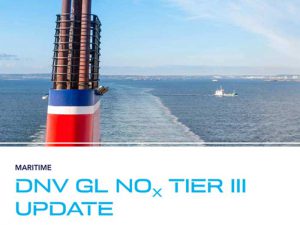
DNV GL issues new guidance on NOx Tier III requirements
JULY 21, 2017 — Classification society DNV GL has released a new brochure that offers a set of best practices for the design of ships subject to NOx Tier III requirements. It

JULY 21, 2017 — Classification society DNV GL has released a new brochure that offers a set of best practices for the design of ships subject to NOx Tier III requirements. It

JULY 4, 2017 — GE Power (NYSE: GE) and Fincantieri have reached an agreement to co-develop a new emission control solution to reduce pollution in the marine industry. To be called Shipboard
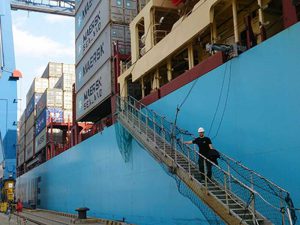
MAY 5, 2017 — In cooperation with MAN Diesel & Turbo, a Technical University of Denmark (DTU) researcher is developing new software that makes it possible to limit emissions of NOx particles
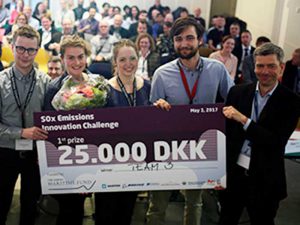
MAY 4, 2017 — Ships visiting European ports may have to be fitted with NOx sensors — to monitor other ships’ emissions. That is a key element of the winning entry in a
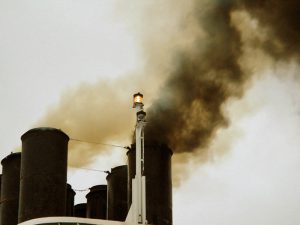
SEPTEMBER 2, 2016 — China issued its first national standards to curb emissions from the shipping industry on August 30. The standards, issued jointly by the Ministry of Environment (MEP) and the

JUNE 16, 2016 — A European environmentalist group looks to be calling for a tax on nitrogen oxides (NOX) emissions from ships. A study commissioned by Transport & Environment (T&E) identifies policy
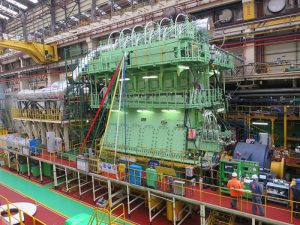
MAY 9, 2016 — Winterthur Gas & Diesel (WinGD) and its two-stroke engine manufacturer, Hyundai Heavy Industries – Engine & Machinery Division (HHI-EMD), have successfully tested and delivered their first IMO Tier
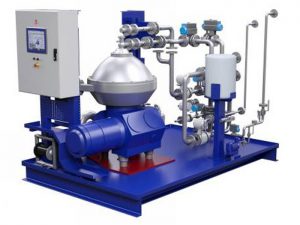
NOVEMBER 2, 2015 — For many shipowners, Exhaust Gas Recirculation (EGR) is emerging as an attractive option for compliance with the Tier III NOx emission limits that will soon apply in the
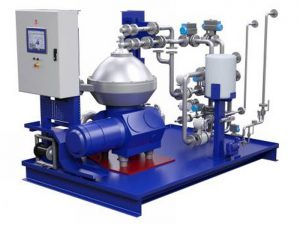
NOVEMBER 2, 2015 — For many shipowners, Exhaust Gas Recirculation (EGR) is emerging as an attractive option for compliance with the Tier III NOx emission limits that will soon apply in the
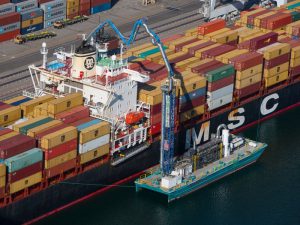
AEG’s Advanced Maritime Emission Control System (AMECS), essentially, takes a barge-mounted scrubber system to the ship. Unlike existing shore power options, it does not require retrofits to each vessel.
“AMECS is a game-changer in the fields of emission control and air quality. Multiple AMECS units can remove thousands of tons of pollutants each year,” said Ruben Garcia, President of AEG. “These mobile barge-mounted systems use patented technology to attach to the auxiliary exhaust stacks of nearly any vessel entering port – at-berth or at-anchor – eliminating the need for expensive ship retrofits, and providing the public with cleaner air.”
AMECS is approved for simultaneous emission capture from two exhaust stacks of a single ship, with independently verified test results proving 90% to 99% reduction of the particulate matter (PM), nitrous oxides (NOx), and sulfur dioxides (SO2) found in diesel exhaust.
“CARB’s approval of AMECS as an alternative to the at-berth emissions reductions rule provides the flexibility our shipping lines need while protecting our environment and creating new jobs for our communities,” said representatives from the Port of Long Beach, a strong supporter of AMECS throughout its development.
In 2013, the Port of Long Beach provided about $2 million in seed money to help test the AMECS system.
“We’re thrilled any time we can find more tools to reduce emissions and continue to improve community health. That’s why we fund projects like the demonstration and testing of these new technologies, through our Technology Advancement Program,” said Board of Harbor Commissioners President Lori Ann Guzmán. “We’ve made a lot of progress in reducing air pollution, and we are nurturing new technologies like these to help us do even more.”